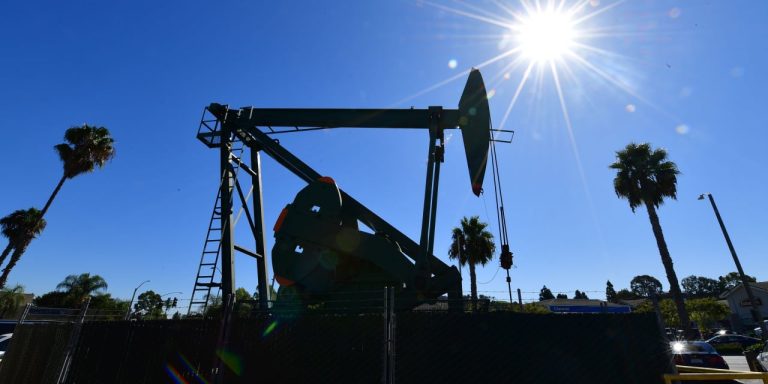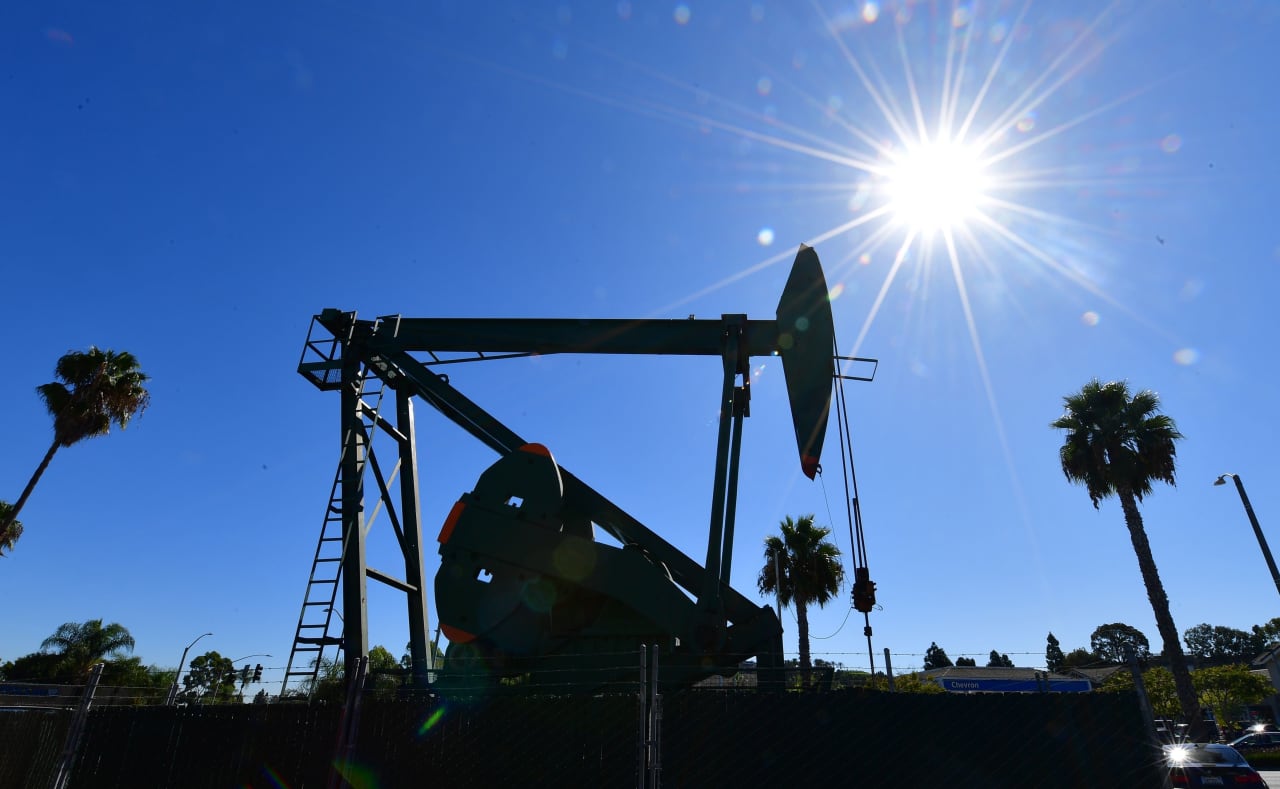Oil futures rose early Thursday, with Brent crude rising again towards the $80 per barrel threshold after Israel rejected Hamas's offer of a ceasefire and the return of hostages held in the Gaza Strip.
The price moves
-
West Texas Intermediate crude for March delivery CL00,
+0.83% every.1,
+0.83% CLH24,
+0.83%
It rose 59 cents, or 0.8%, to $74.44 a barrel on the New York Mercantile Exchange. -
Brent crude oil for April BRN00,
+0.88% BRNG 24,
+0.88% ,
The global index rose 71 cents, or 0.9%, to $79.92 a barrel on the ICE Futures Europe exchange. Brent was trading above $80 on February 1.
Market driving factors
Oil futures have seen temporary gains due to developments in the Middle East since the start of the war between Israel and Hamas in October, but have failed to create a permanent risk premium. Both Brent and WTI are trading well below their 2023 highs recorded in late September.
Crude oil found support this week after US-led air strikes on Iranian-backed militias in Iraq and Syria following a drone attack last month that killed three US soldiers in Jordan. The US-led coalition also renewed its strikes on the Iran-backed Houthi rebels in Yemen who targeted shipping in the Red Sea and forced cargo ships and some oil tankers to change course.
Israeli Prime Minister Benjamin Netanyahu on Wednesday rejected Hamas' ceasefire conditions that call for the release of thousands of prisoners.
This development heightens concerns across the Middle East, helping crude maintain its recent upward trend, Ricardo Evangelista, senior trader at Active Trades, said in emailed comments.
“While Gaza remains the focal point of the crisis, its repercussions are rippling throughout the region, raising the specter of a broader conflict with possible intervention from other parties. Such a scenario could disrupt the Suez shipping route and affect oil production in Gulf states such as Iran,” he said. .


